Material handling is the movement, protection, storage and control of materials and products during manufacturing, storage, distribution, consumption and disposal.
Material handling
involves short-distance movement within the boundaries of a building or between a building and a transport vehicle. It uses a wide range of manual, semiautomatic and automated equipment and includes the protection, storage and control of materials during their manufacture, storage, distribution, consumption and disposal. Material handling can be used to create utility over time and place by manipulating, storing and controlling waste, unlike manufacturing, which creates utility in form by changing the shape, shape and composition of the material.Material handling is much more than inventory management. It is the movement, protection, storage and control of materials and products throughout their useful life of manufacture, storage, distribution, consumption and disposal. Material handling encompasses a range of components to keep the supply chain running. This includes a variety of types of equipment (manual, semi-automatic and automated) and systems (single-level storage, multi-level storage, conveyors, etc.
Material handling is the movement of materials and goods from one place to another. It includes the protection, storage and control of materials, from manufacturing to distribution. It refers to the way in which products and materials are moved, stored and protected throughout the supply chain. Material handling can take different forms and is based on processes driven by both humans and machines.
These are vehicles or equipment that move materials. Sometimes workers execute them and sometimes they are automatic. Automated Guided Vehicles (AGVs) are included in both engineering systems and industrial trucks. More than just the movement of goods and products, material handling is a crucial element in your warehouse operations because it provides a standardized process of handling and transporting from manufacturing to distribution.
An effective material handling system allows your company to have the necessary stock in smaller spaces whenever possible, reduce time spent on internal operations (such as transportation and collection), control inventory in real time, reduce operating costs and optimize the overall flow of goods in your facilities. Your plan should identify what materials will be transported, what equipment will be used, and where your materials will be stored. If two activities are adjacent, then the material can easily move from one activity to another. If you're involved in the distribution stage of the supply chain, for example, as a delivery service provider, you can further improve your material handling with Circuit for Teams.
While material handling is usually part of the job of all production workers, more than 650,000 people in the U.S. UU. The efficiency of your shelves is of the utmost importance when considering your material handling needs. Well-organized material handling helps protect your deliveries so that they arrive intact from your warehouse, store or distribution center to their destination.
Best material handling practices help reduce problems such as product damage or loss, which cost valuable money. From preventing accidents at work to saving money, these are four reasons why material handling is key to implementing it in your warehouse. Companies must integrate material handling requirements not only for the company's departmental needs, but also to meet the needs of their customers. Material handling improves efficiency by making the logistics system respond quickly and effectively to plant and customer requirements.
Reconfiguring the storage space, as described above, can facilitate and streamline material handling. You should also consider the material and operational costs associated with moving packages (for example, from warehouse shelves to trucks), such as utility costs, fuel and machinery. In this blog post, I discuss what material handling is, how it can help your company and how to start implementing it. .
.
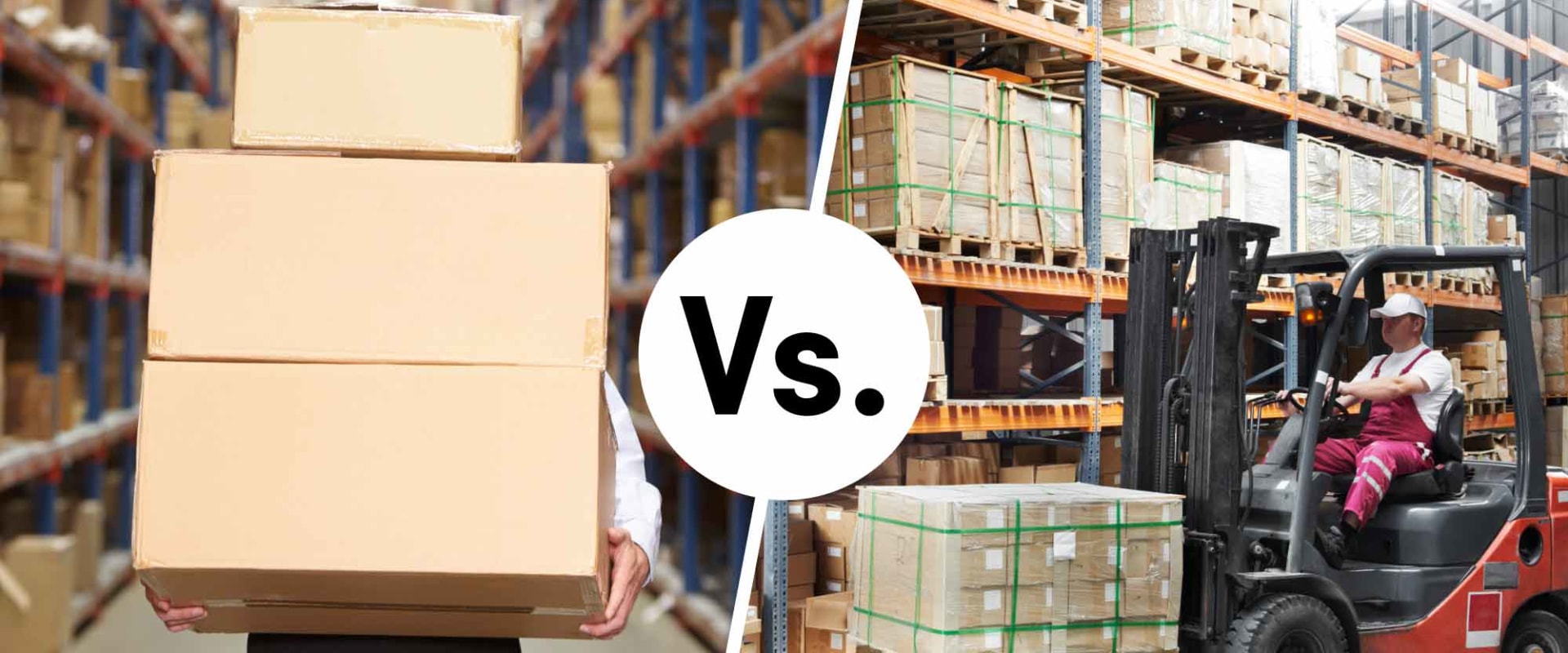
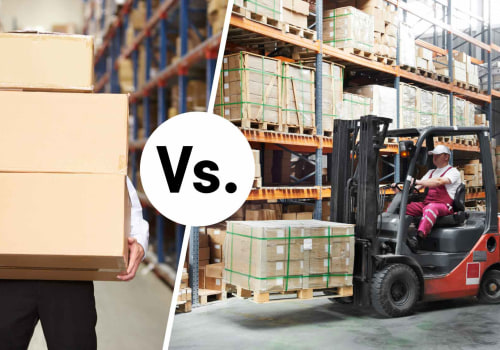
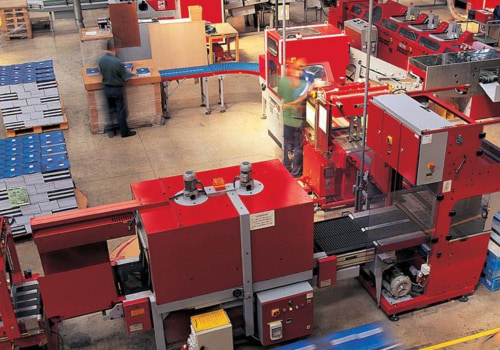
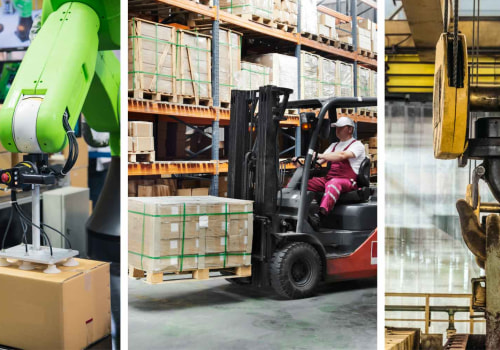
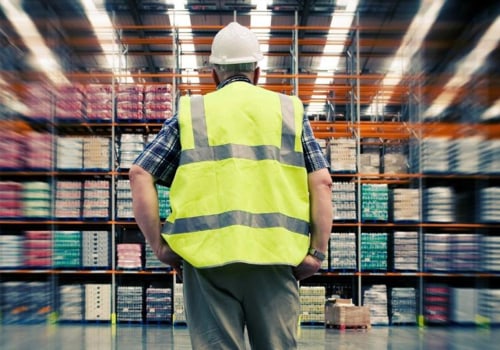
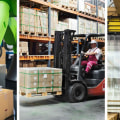
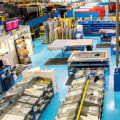

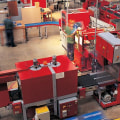
Leave a Comment